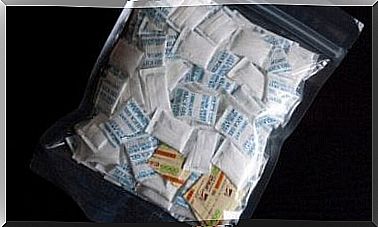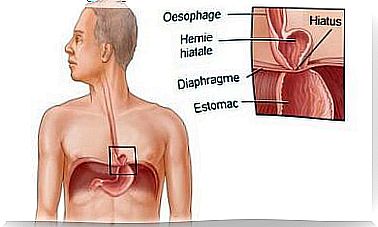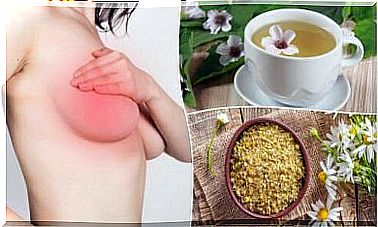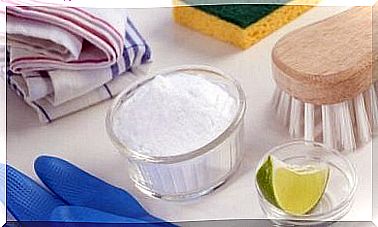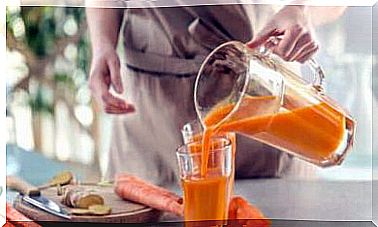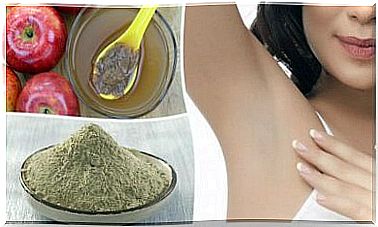How To Prevent A Heel Spur?
To prevent the onset of plantar fasciitis, it is essential to avoid obesity, as well as to stand badly and wear the wrong shoes.
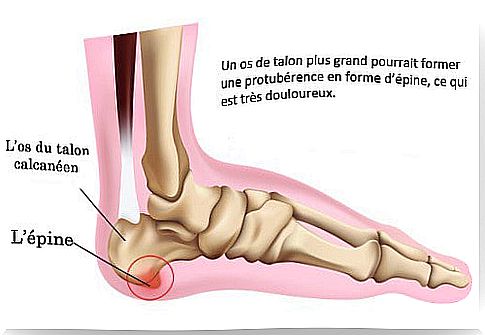
Heel spur is a disease characterized by calcification of the tendons that affects the heel bone of the foot.
A heel spur is recognized in particular by the difficulty of pressing normally on the heel, therefore causing pain related to the inflammatory process.
There are two types of spines: the one located at the posterior-inferior level (below the heel) and the one located at the posterior-superior level (or which inserts the Achilles tendon).
What are the causes of heel spur?
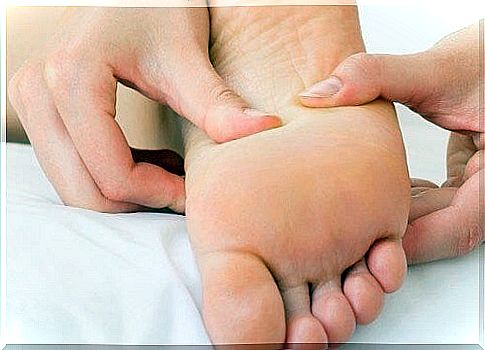
It is caused by excessive stretching of the plantar fasciitis, (a band of large tissue that covers the bones at the base of the foot). This then causes its inflammation, called the plantar fascia, with small tears in the tendons with the bone.
The body accumulates calcium in the affected areas, with the aim of recovering the tissues, which also causes the gradual appearance of the bony prominence.
This situation can be caused by obesity, poor posture, excessive straining, using the wrong size shoes and also overstraining the tendons.
There is also the congenital spine, which irritates the tendons and causes inflammation. The inflammation of the plantar fascia is thus relative to the appearance of the spine, but it is possible that a fasciitis appears without a spine.
Plantar fasciitis thus causes intense pain in the sole of the foot and goes to the heel.
How to diagnose a thorn?
We can diagnose a heel spur by having an X-ray examination, which will allow us to see a swelling extending to the fingers with a longitude of between 1 and 5 millimeters.
You should know that there are still people who suffer from a thorn without showing any symptoms.
What are the symptoms ?
It should be known before that that the pain is caused by inflammation and hypertension of the tendons.
Morning pains after taking the first steps and a feeling of stepping on a nail that can be felt in the heel are however signs that do not lie.
The pain usually decreases with a little rest. However, it comes back as soon as you force your foot on it. Carrying heavy objects could make the symptoms even worse.
Treatments
• The use of orthopedic insoles (heel pads for heel spurs) improves support on the foot and relieves tension in the tendons.
• Physical therapy : through the application of cold or heat to relieve pain.
• Stretching exercises.
• Local treatment with ultrasound.
• Shock waves: High energy ultrasonic waves can stop calcification.
• Analgesia by infiltration on the precise area of pain.
• Using surgery as the ultimate way to deal with this problem, especially if no treatment works.
Home remedies to relieve a heel spur
• Verbena : Boil a few leaves in water for 15 minutes. Moisten compresses and apply them to the painful area.
• Absinthe : Apply moistened compresses to the affected area.
• Parietary : Make compress moistened with the liquid from the infusion of a few dry leaves in a liter of water.
• Echinacea : It has anti-inflammatory properties. Pour a spoonful of the dried plant in a cup of water. Drink two cups of this mixture per day.
Prevention
The best way to prevent heel spur is to avoid its triggers such as obesity, excessive effort, bad posture, using the wrong size shoe, etc.
Regarding diet, however, it is advisable to choose foods that contain magnesium, silicon and zinc. Indeed, these can help us to maintain and maintain our muscles and our tendons in good health.
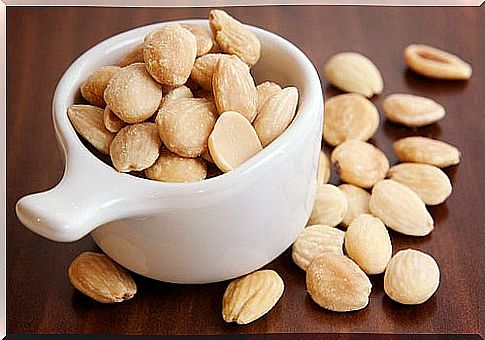
• Magnesium: molluscs, lettuce, spinach, asparagus, cereals, legumes, dried fruits.
• Silicon: whole oatmeal, parsley, nettles (ask a nutritionist for advice on nettles), beetroot, green beans.
• Zinc : peanuts, pumpkin and its seeds, sesame butter and flour, wheat germ, oysters.
• Omega 3 helps a lot in reducing inflammation. It can be found in oily fish, fish oil, flaxseed oil, canola or walnut oil, cucumber, strawberries, spinach, soybeans, walnuts, almonds and lettuce. .
Beneficial fruits
Pineapple and papaya are two fruits that can help relieve our heel thorn.
This is particularly the case thanks to bromelain and its anti-inflammatory properties. It is therefore recommended to consume them together in order to double the effects.
Thus, a healthy diet and a balanced lifestyle will certainly help us to better prevent many diseases, such as heel spur.

